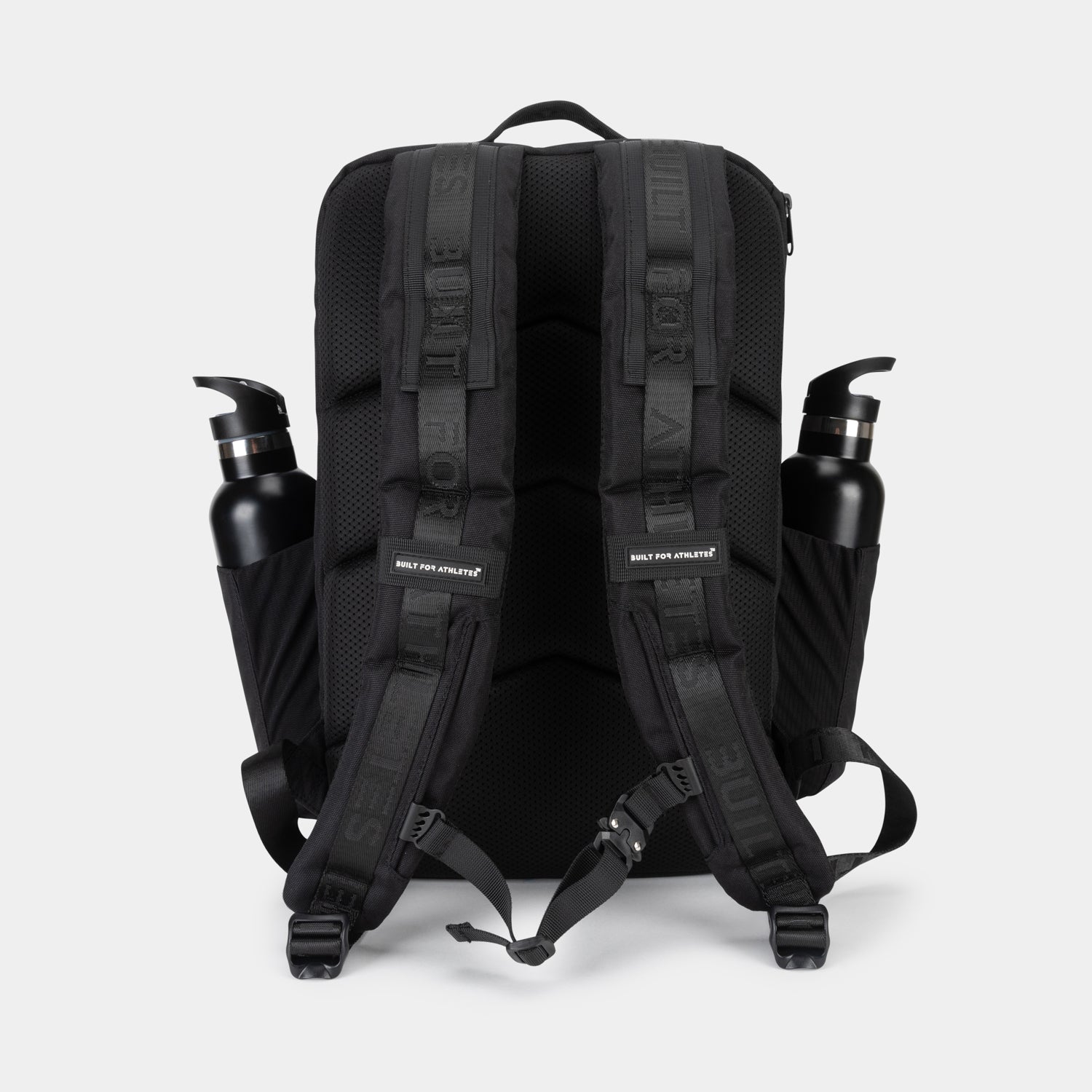Balancing Zone 2 Running and Sprint Sessions for Enhanced Speed Development
The pursuit of speed is a multifaceted journey that requires a strategic combination of various training approaches. Zone 2 running, characterised by moderate intensity and aerobic effort, serves as a foundational element for building endurance and improving cardiovascular fitness. However, to achieve a well-rounded enhancement in overall speed, it is crucial to complement Zone 2 running with sprint sessions. This balanced approach targets both the aerobic and anaerobic energy systems, fostering a synergistic development that can significantly elevate an athlete's speed capabilities.
Zone 2 running forms the cornerstone of endurance training. Operating within a heart rate range that allows for sustained effort without pushing into the anaerobic threshold, this method helps develop cardiovascular efficiency, improves oxygen utilisation, and enhances the body's ability to utilise fat for fuel. The extended duration of Zone 2 running builds endurance and strengthens the aerobic system, laying a robust foundation for the more intense demands of sprinting.
However, speed is not solely determined by endurance; it also hinges on an athlete's capacity to generate rapid bursts of power and velocity. This is where sprint sessions come into play. Sprinting primarily engages the anaerobic system, emphasising short, explosive efforts that tap into the body's immediate energy reserves. Incorporating sprint sessions into a training regimen facilitates neuromuscular adaptations, hones fast-twitch muscle fibres, and sharpens the ability to generate force rapidly.
The synergy between Zone 2 running and sprint sessions lies in their complementary nature. Zone 2 running enhances an athlete's aerobic capacity, allowing them to recover more efficiently during and after intense efforts like sprints. Improved cardiovascular fitness means the body can better clear metabolic byproducts, such as lactic acid, generated during high-intensity activities like sprinting. This translates to a quicker recovery between sprint sessions and a delayed onset of fatigue, enabling athletes to maintain a higher overall training volume.
Moreover, the aerobic base developed through Zone 2 running establishes a solid platform for efficient energy transfer and utilisation during sprints. While sprints predominantly rely on anaerobic energy pathways, the aerobic system contributes to the overall energy pool, enhancing the athlete's capacity to sustain peak efforts for longer durations.
To implement this balanced approach effectively, a structured training program is essential. Athletes can allocate specific days for Zone 2 running to build and maintain aerobic fitness. These sessions may include steady-state runs, tempo runs, or interval training within the Zone 2 heart rate range. On other days, sprint sessions can be integrated, focusing on short, explosive efforts with adequate rest intervals to optimise power development.
Periodization, alternating between phases of emphasising Zone 2 running and sprint sessions, adds another layer of sophistication to training. This cyclic approach prevents monotony, reduces the risk of overtraining, and maximises the benefits of each training modality.
In conclusion, the marriage of Zone 2 running and sprint sessions creates a harmonious training paradigm that addresses both the aerobic and anaerobic aspects of speed development. This balanced approach not only enhances an athlete's endurance but also sharpens their ability to generate explosive power. By integrating these two training components thoughtfully, athletes can unlock their full speed potential and elevate their performance to new heights.


























































Share:
#WOTW
#WOTW